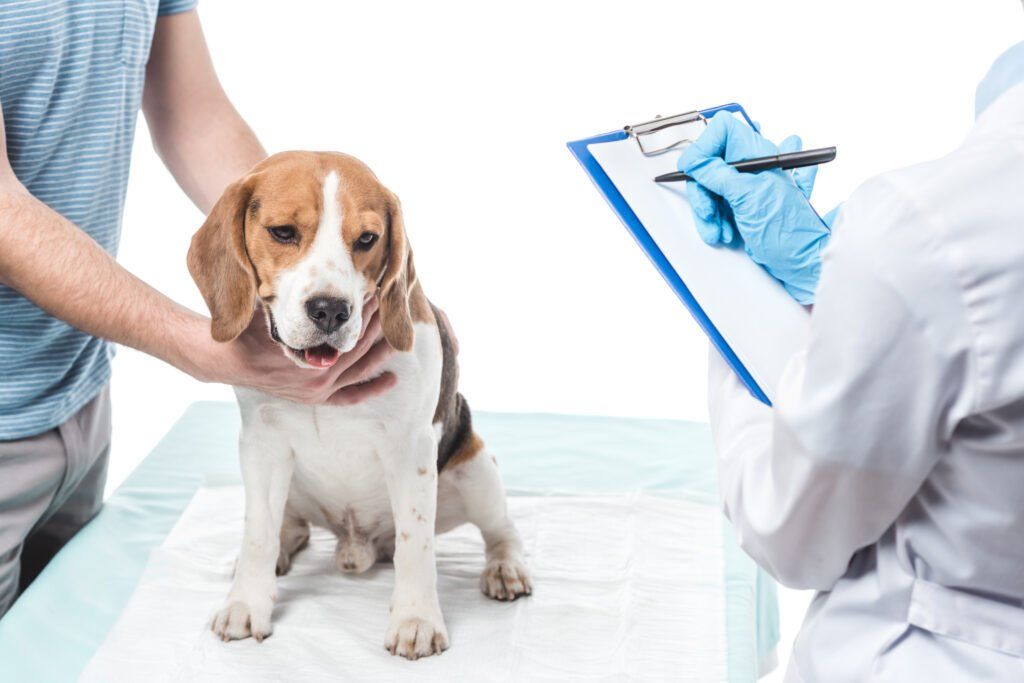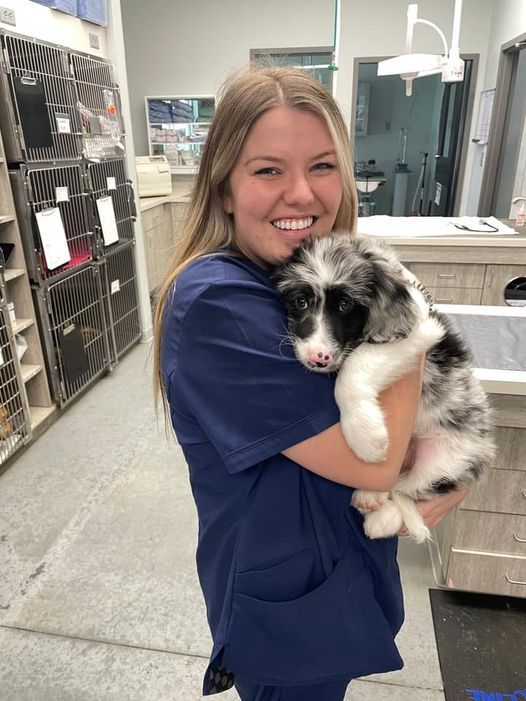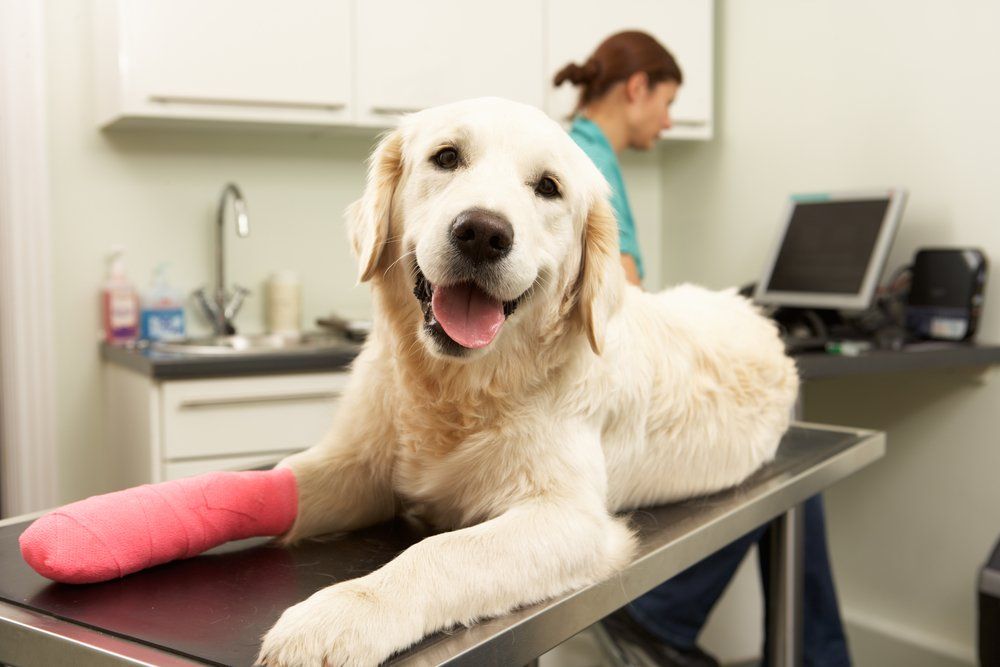November is Senior Pet Wellness Month
The old adage of measuring time in dog years really is true. Our pets age in a similar fashion as humans, but at a far more rapid rate. Typically, dogs and cats are considered senior when they’re about seven years old. Of course, size and breed have a lot of bearing on the aging process, and cats generally live longer than dogs. But, just like humans, our pets tend to require more care as they age. This is the time in their lives when they’re more prone to developing health issues such as arthritis, cancer, kidney disease, heart disease, liver disease, thyroid conditions, and diabetes.
Of course, we don’t want to think about the time when our pets become incapacitated or ill as they age, but it’s something we need to pay attention to. It’s important we do what we can to help ensure that our senior pets lives are as comfortable as possible. After all, isn’t that what we want for ourselves and our human family members?
While aging itself is not a disease, according to Vetstreet, there are a few symptoms you should keep an eye on when it comes to caring for your older pet:
- Changes in weight (especially weight loss)
- Decreased appetite or lack of appetite
- Increased water consumption
- Changes in urine or stool patterns
- New lumps, bumps or swellings — or changes in existing ones
- Persistent cough
- Difficulty breathing or breathing heavily or rapidly at rest
- Sudden collapse or weakness
- Difficulty climbing stairs or jumping
- Foul mouth odor or drooling
- Seizure or convulsions
- Disorientation
If your dog or cat is exhibiting any of these symptoms, it’s time to schedule a check-up.
If your pet is healthy, great! But there are still steps you can take to help them stay that way. Just like most of us, our pets tend to slow down and get a little less nimble as they get older. If getting in and out of the car or up on furniture is becoming a challenge, you can build or buy a ramp. Continue to keep them active with short walks, playtime at the park, or new toys. And, don’t forget their cognitive abilities. Brain health is equally as important as physical health. Keep your pets sharp by using food puzzles, or literally teaching your old dog new tricks!
It’s important for pets in their senior years to have regular veterinary visits to check for mental and physical health issues, so be sure to monitor all changes with your veterinarian’s guidance.



Serving all of Little Rock & Central Arkansas including:
- West Little Rock
- Chenal
- Woodland's Edge, Brodie Creek
- Sherwood
- North Little Rock
- Bryant
- Alexander
- Pleasant Valley
- Maumelle
NAVIGATION
CONTACT US
SRVC
- Visit Us
- Email Us
Privacy Policy • Terms & Conditions
Copyright © 2023 Shackleford Road Veterinary Clinic








